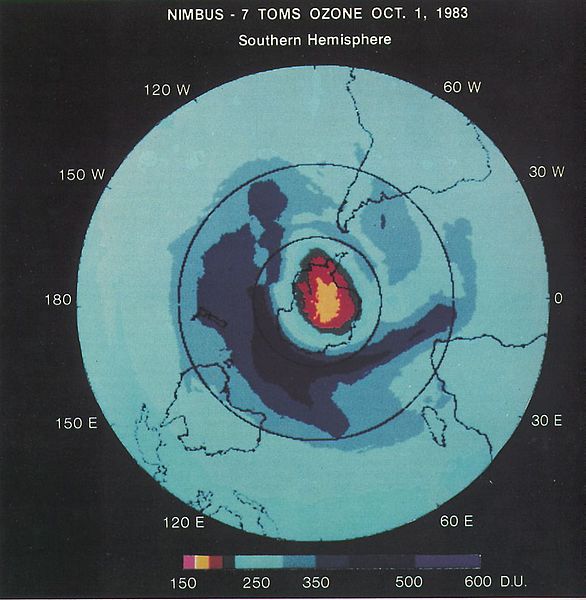Environmental science is an interdisciplinary academic field that integrates physics, biology, and geography to the study of the environment, and the solution of environmental problems. Environmental science emerged from the fields of natural history and medicine during the Enlightenment. Today it provides an integrated, quantitative, and interdisciplinary approach to the study of environmental systems.
Rachel Carson published her groundbreaking novel, Silent Spring, in 1962, bringing the study of environmental science to the forefront of society.
A team of British researchers found a hole in the ozone layer forming over Antarctica, the discovery of which would later influence the Montreal Protocol in 1987.
The Paris Agreement (formerly the Kyoto Protocol) is adopted in 2016. Nearly every country in the United Nations has signed the treaty, which aims to reduce greenhouse gas emissions.
Blue Marble composite images generated by NASA in 2001 (left) and 2002 (right)
Soil science is the study of soil as a natural resource on the surface of the Earth including soil formation, classification and mapping; physical, chemical, biological, and fertility properties of soils; and these properties in relation to the use and management of soils.
A soil scientist examining horizons within a soil profile





